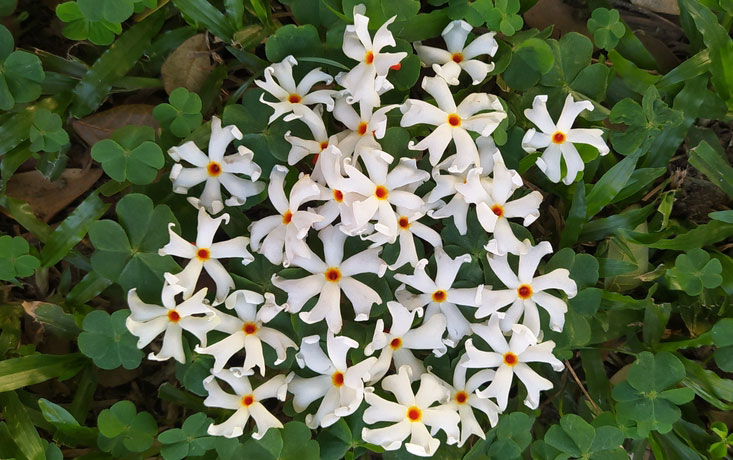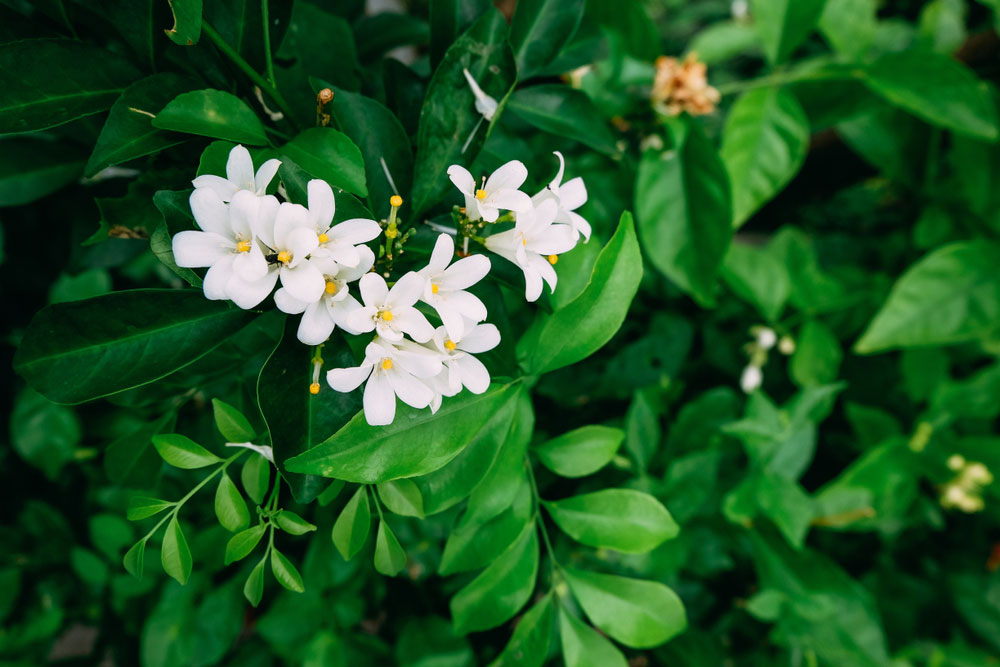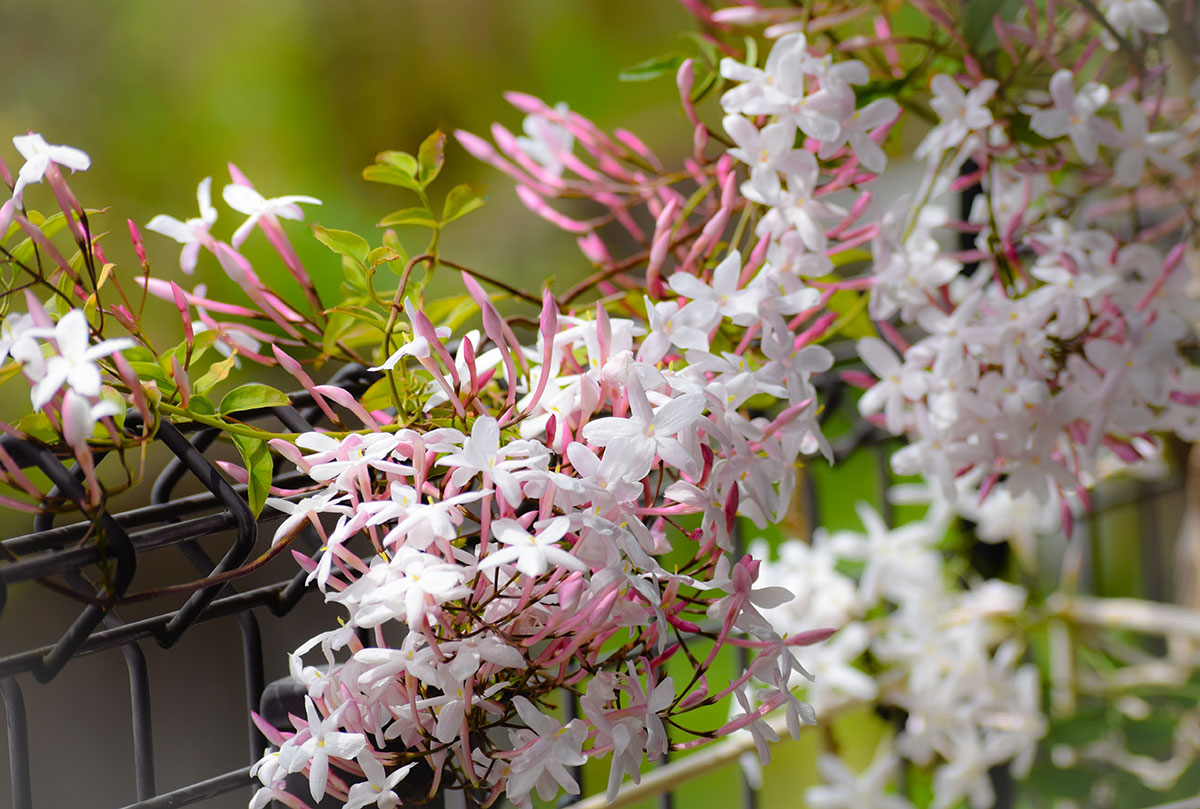Jasmine is a beautiful plant known for its delicate white or yellow flowers. This plant is used for ornamental decoration, aroma therapy, and tea production.
In this article, we’ll cover everything you need to know about growing jasmine from seeds. It includes the different types of jasmine, planting techniques, and caring for your seedlings.
Types of Jasmine Seeds
Jasmine plants have several different types, each with unique characteristics. When purchasing seeds, select high-quality ones from reputable suppliers.
It’s also essential to look for seeds free of mold or damage that have been properly stored. Additionally, make sure the type of jasmine seeds you purchase is ideal for the climate in your area.
Choosing one before deciding to start growing them is crucial to your success. Some of the most cultivated types include:
Common Jasmine (Jasminun officinale)
This is the most common and widely cultivated species. It has a deciduous vine that produces fragrant white flowers in the summer. This type is suitable for temperate climates.
Winter Jasmine (Jasminum nudiflorum)
This species is a deciduous shrub that produces bright yellow flowers. It’s most active during the late winter or early spring. It’s ideal for growing in colder climates.
Arabian Jasmine (Jasminun sambac)
This type produces fragrant white flowers throughout the year. This species best thrives in tropical and subtropical climates.
Star Jasmine (Trachelospermum jasminoides)
This species is a vine that produces small, star-shaped white flowers. It typically blooms in the summer months. They prefer warm and temperate climates.

Preparing for Planting
Planting jasmine seeds can be a rewarding experience. However, it requires careful attention to detail and thorough preparation. In this section, we’ll be giving you a step-by-step guide for planting jasmine seeds:
1. Choose a Suitable Location
Jasmine seeds grow best in a location that receives partial to full sunlight. They should also be planted in well-draining soil.
2. Prepare the Soil
Prepare the soil by adding organic matter such as compost or manure. Jasmine seeds grow best in slightly acidic soil with a pH of around 6.0–7.0.
3. Plant the Seeds
Dig small holes 1-2 inches deep and 3-4 inches apart. Place 1-2 seeds in each hole and cover the seeds with soil. Gently press down to ensure good soil-to-seed contact.
4. Water the Seeds
Water the seeds generously and ensure that the soil is evenly moist. Afterward, water the soil regularly, but avoid overwatering, which can cause root rot.
5. Germination
Jasmine seeds typically take 1-3 weeks to germinate. To ensure successful germination, keep the soil moist and warm.
The ideal temperature for jasmine seeds to grow is between 70–80°F.
Additionally, avoid exposing them to cold temperatures or direct sunlight.

Tips for Successful Germination
Ensuring successful germination is a crucial step for your jasmine plants to thrive. Here are some tips to help you get the most out of your jasmine seeds:
- Soak the seeds in water for 24 hours before planting. This helps break down the seed coat and improve germination rates.
- Using a heat mat or placing the seeds in a warm location ensures consistent temperatures.
- Keep the soil constantly moist, but not waterlogged.
- Covering the pot in plastic wrap maintains a humid environment and promotes germination.
- Be patient! Jasmine seeds may take several weeks to germinate, so don’t be discouraged if you don’t see growth immediately.
Caring for Jasmine Seedlings
Taking proper care of jasmine seedlings after germination is essential to their growth. Here are some tips on how to care for jasmine seedlings:
Fertilizing
Jasmine seedlings should be fertilized with a balanced fertilizer every two weeks during the growing season.
Watering
Jasmine seedlings must be watered regularly. Avoid letting the soil dry out completely, as this can cause wilting.
Pruning
Jasmine plants benefit from regular pruning to encourage bushy growth. This also helps remove dead leaves or damaged branches. It’s advisable to prune during the spring after it has finished flowering.
Trellising
Some jasmine species can benefit from trellising, especially if you want them to grow in a certain direction or shape.
Conclusion
Starting jasmine from seeds requires careful attention to detail and proper care at each stage of the process.
To grow healthy jasmine plants, it’s important to purchase high-quality seeds and provide favorable growing conditions. Doing so will allow you to enjoy their beauty in your home or garden.




